ATV Operations Interface Manager (and, whilst in Kourou, acting launch
campaign manager) Charlotte Beskow, continues to keep us up to date with the latest instalment of the mission diary – Ed.
19 March 2013: One of the more visual tests is the deployment of the antenna boom. This boom carries the Prox link equipment, used for communicating directly with the International Space Station from a distance of 30 km (we send telemetry – TM – while the ISS sends GPS data and certain commands); the antenna boom is deployed in space, shortly after separation from Ariane.
Testing has to be done carefully to avoid damaging it! We might be rocket scientists but we prefer simple solutions, so we support the boom manually during the test.
20 March 2013 After fuelling has finished (towards end of April) ATV-4 will depart for the ‘Batiment Assemblage Finale’ (BAF) for the final stage of preparation.
This means that the teams have also been busy packing. A lot of equipment will not be needed for the ATV-4 campaign once it enters the fuelling hall and the equipment will either wait here at CSG for ATV-5 or return to Europe where it is needed for the ATV-5 campaign. The logistics manager has her hands full. Some items are very large (the rig below for example). So dismounting and packing is a big task because you have to ensure that all parts go back to their packing boxes. Otherwise you might not be able to assemble it next time.
21 March 2013 Post-mating tests concluded successfully, meaning that we are OK for the next big step, ATV fuelling. This is a big operation that needs careful preparation. ATV carries several tons of propellant for its own needs.
The two fuel elements are called MON and MMH. You can visualise it as a boat with an outboard engine. The boat is the Space Station and the ‘outboard’ engine is ATV (located at the bottom of the picture)
ATV also carries fuel for the Russian segment of the International Space Station. This fuel is used to maintain altitude and position in case no visiting vehicle is present. The two elements are called NTO and UDMH.
Each of these four components are toxic so handling them requires careful planning and strict adherence to the various safety regulations. Only one type of propellant is allowed onsite (at S5B) at one time (except in ATV of course). Operators must be dressed in protective clothing and no onlookers are allowed.
There can be up to seven teams involved in one fuelling operation so detailed preparations (hour by hour) for these operations occupy the teams weeks and are essential so that each team member (industry, Astrium, CSG, Safety) knows exactly what to do at any given moment.
21 March 2013 Teams performed the first part of He (helium) loading. He is used to pressurise propellant systems. This can be done with ATV still in S5C. Actual fuel loading takes place in S5B.
25 March 2013
The teams continued with He loading into ATV. Final propulsion coordination meeting with CSG. In parallel other teams set up for the first part of the Russian fuel loading. The component UDMH needs to be prepared (stripped of Nitrogen) and this will be done in S5B tomorrow.

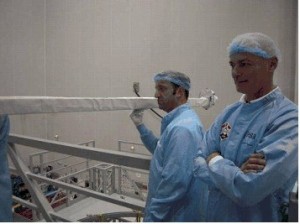

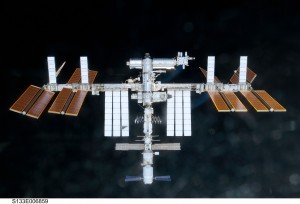
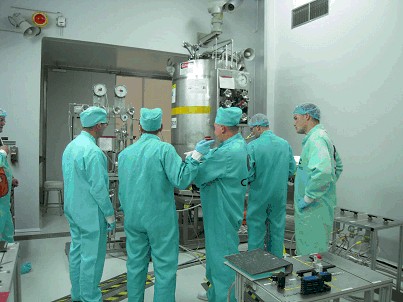
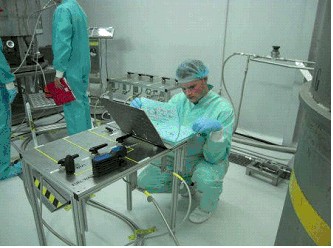
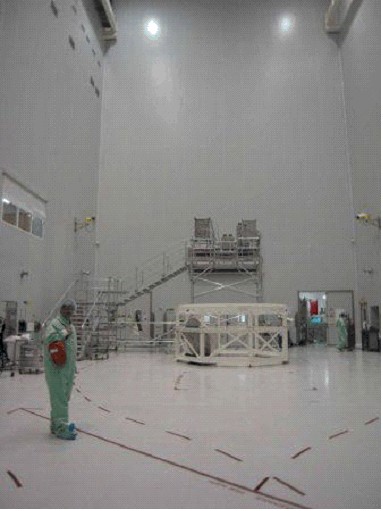
 Automated Transfer Vehicle page
Automated Transfer Vehicle page ATV blog archive
ATV blog archive
Discussion: no comments